Do you want to start hydroponic Thyme recently? Then you have come to the right place. Whether you have some difficulty in hydroponic thyme cultivation or you are new to hydroponic thyme cultivation, you can easily learn to grow Thyme. In this article, not only will you learn some hydroponic thyme growing tips, but I will also share some great hydroponics growing systems.

Thyme is a common vanilla plant with small, cute flowers that can appear in white, pink, or purple. It not only has medicinal value but also can be used for seasoning daily dishes and can also be used for gardening and landscaping. The medicinal value of Thyme is mainly reflected in relieving cough, indigestion, and cold symptoms, and it is often made into medicinal tea, essential oil, and ointment. When cooking, Thyme is often used in meat, fish, vegetables, soup dishes, etc. It can add aroma and taste and remove the fishy smell of meat.
After seeing so many benefits, can't wait to start planting Thyme? Let's start!
How to Hydroponic Thyme?
The common planting methods of Thyme include soil planting and hydroponic planting. Today we are sharing the topic of growing Thyme hydroponically, and then I will share a quick guide!

Quick Guide to Growing Thyme Hydroponically:
Material list:
- Thyme seeds or seedlings
- growth medium
- container or hydroponic tank
- water pump
- oxygen pump
- bracket or support
- Hydroponic nutrient solution
- pure water
- pH and EC Testers
- Lighting equipment (grow lights)
- Timer
If you're trying hydroponic growing plants for the first time or are new to hydroponic gardening, try the LetPot Max Hydroponics Gardening System, which features innovative automatic watering and nutrition features and app integration. With these features, you can start hydroponics effortlessly, even if you are a novice gardener.
If you don't know how to grow plants hydroponically or you are a novice hydroponic gardener, please check out my previous articles on hydroponic growing plants:
System and parameters for hydroponic Thyme:
- The most suitable hydroponics method: NFT (Nutrient Film Technology)
- Best growing medium: A hydroponics-friendly medium such as rock wool, stomatitis, or perlite
- Temperature: Between 20°C and 25°C
- pH Range: Stay within the range of 5.5 to 6.5
- EC value: maintained between 1.2-1.8 mS/cm
- Light time: Provide 6-8 hours of light per day
- Germination time: usually takes 7 to 21 days (1-3 weeks)
- Harvest time: Usually between 21 and 42 days (4-6 weeks)
Steps to Hydroponic Thyme:
- Prepare the container: Rinse the container to ensure it is free of residue.
- Prepare water and nutrient solution: pour pure water into the container. Then, dilute an appropriate amount of nutrient solution in pure water.
- Preparing Netting Pans: Suitable Netting Pans for Supporting Growing Medium and Seedlings
- Prepare the growing medium: such as rock wool, porphyrite, or perlite
- Install water pumps and oxygen pumps: maintain water circulation and oxygen supply
- Provide light: Place the container in a well-lit location, such as a balcony or windowsill, or use an artificial light source (grow lights).
- Regular testing: Use testing tools to test the water quality and nutrient solution content regularly. Detect water temperature, pH value of the nutrient solution, and electrical conductivity (EC).
- Ready Timer: Used to control the light time and the running time of the water pump to maintain a suitable light and water cycle.
After preparing the above tools and steps, you only need to regularly observe the hydroponic Thyme's growth status, do a good job of daily hydroponic plant management, and then quietly wait for the Thyme to grow.
The above is a quick guide. You can read the following detailed step-by-step guide.
A Step-by-Step Guide to Growing Thyme Hydroponically
1. Choosing Thyme Seeds for Hydroponics
Common Thyme (Thymus vulgaris): This is the most common and widely grown variety of Thyme. It has a strong musky fragrance and pungent taste and is widely used for culinary and herbal purposes.
Lemon Thyme (Thymus citriodorus): This variety has a lemony aroma that is fresher and fruitier than other varieties. It is commonly used in sauces and drinks and is a common herb.
Yunnan Thymus (Thymus mongolicus): This species is endemic to China, with a strong fragrance and spicy taste. It is frequently used in Chinese cuisine and traditional herbal medicine.
If you are growing Thymus hydroponically, I would recommend you to start with Common Thymus (Thymus vulgaris) as this variety is easier to grow and grows steadily. According to my own experience, the growth and yield of this variety are very good.

2. How to Germinate Thyme Seeds
The process from seed to germination usually requires sowing plant seeds in a humid environment. At the right humidity and temperature, the seeds will start to germinate.
My method is to soak the thyme seeds for about 6-12 hours to allow the seed shells to absorb the water and soften the shells fully.
Sprinkle the soaked plantings evenly over the growing medium and press the seeds into the growing medium so they make good contact. Spray water evenly with a watering can.
Then provide the right amount of light you need to pay attention to. Remember to avoid direct sunlight. I usually use plant growth lights.
When everything is ready, you wait for the seeds to germinate, which usually takes 7 to 21 days (1-3 weeks) for Thyme to germinate.

3. Transfer to your hydroponic system after germination
After the thyme seeds germinate and produce the first true leaves, you need to be patient and wait for the thyme roots to develop. After about 2-3 weeks, you can transfer the seedlings to a hydroponic system. Before transferring to the hydroponic system, you need to adjust the water quality, pH value, EC value, nutrient solution concentration ratio, lighting equipment parameters, ambient temperature, and other parameters of the hydroponic system, and prepare some monitoring tools.

4. Water quality and pH value of hydroponic Thyme
Water Quality: I recommend using pure or distilled, or deionized water. Avoid potential water impurities and harmful substances that can negatively affect your plants.
pH: The optimal pH range for Thyme in hydroponics is 5.5 to 6.5. Maintaining an appropriate pH level contributes to the availability of nutrients plants absorb.
(Tools: Use a pH test kit to monitor the pH in your hydroponic system and adjust as needed.)
If the pH value is too high, some acidic regulators (such as phosphoric acid) can be added to reduce the pH value; if the pH value is too low, some alkaline regulators (such as sodium hydroxide) can be added to increase the pH value.

5. Nutrient solution and EC value of hydroponic Thyme
The nutrient solution is essential existence when we grow plants in hydroponics. Knowing the nutrients needed for the growth of Thyme is more conducive to our planting of Thyme.
The main nutritional elements of Thyme:
- Nitrogen (N): Promotes the growth of plant leaves and stems.
- Phosphorus (P): Promotes plant root development and flower bud formation.
- Potassium (K): Enhances stress resistance and water regulation of plants.
- Calcium (Ca): Maintains cell wall integrity and structural stability of plants.
- Magnesium (Mg): Involved in the synthesis of chlorophyll and the process of photosynthesis.
- Sulfur (S): Synthesizes plant proteins and maintains enzyme activity.
Trace elements required by Thyme:
- Iron (Fe): Involved in the synthesis of chlorophyll and photosynthesis.
- Zinc (Zn): Promotes plant growth and development.
- Manganese (Mn): involved in plants' photosynthesis and enzyme systems.
- Copper (Cu): Promotes plant metabolism and enzyme activity.
- Manganese (Mo): involved in nitrogen metabolism and plant enzyme activity.
- Boron (B): Regulates plant calcium uptake and cell wall formation.
- Molybdenum (Mo): Promotes nitrogen metabolism and enzyme activity in plants.
During the hydroponic planting process, by preparing a suitable hydroponic nutrient, Thyme can be provided with these necessary nutrients and trace elements to promote the growth and development of plants. According to plants' growth stages and needs, the concentration of each component of the nutrient solution can be adjusted to meet the nutritional needs of Thyme.
When using the nutrient solution, you need to pay attention to the solubility index of the nutrient solution. Nutrient overload can cause burns to plant roots and leaves to turn yellow. Too little nutrients will result in slow plant growth and scorched leaf margins.
It is essential to detect the EC value in an aqueous solution, and the following indicators can be used as a reference.
EC value: The EC value is an index to measure the concentration of dissolved substances in the hydroponic solution, which reflects the strength of the nutrient solution.
The suitable EC range of Thyme in hydroponics should be maintained between 1.2-1.8 mS/cm.
An EC value that is too high may result in an excess of nutrients, while an EC value that is too low may indicate a nutrient deficiency.
(Tool: Use an EC meter to monitor the EC value of the hydroponic solution and adjust it according to the needs of the plants.)

6. Illumination of hydroponic Thyme
Illumination is one of the important factors in plant cultivation. Appropriate light can enable plants to produce photosynthesis and promote healthy plant growth. Of course, different plants require different light conditions. We need to control the light intensity and light time.
Light Intensity: Thyme requires moderate to high light intensity. In hydroponic cultivation, providing a light intensity of about 10,000 to 15,000 lux per square meter is suitable. Need To provide sufficient light intensity. It is recommended to use artificial light sources, such as plant growing light. Ensure the light source is at the right distance from the plant to avoid too much or too little light.
Light time: Thyme usually needs 6 to 8 hours of light time per day. Mimicking the natural light cycle is very important in hydroponic growth. A timer or automatic control system is recommended to ensure the plants receive the proper light daily. Generally, a 16- to 18-hour photoperiod (including light and dark times) is appropriate. After the light period ends, a dark period of 8 to 10 hours mimics the plant's natural growth cycle.

7. The temperature of hydroponic Thyme
The best temperature for hydroponic Thyme is recommended to be controlled between 20°C and 25°C. If you are planting hydroponic, pay special attention to these temperature factors, such as ambient temperature, light temperature, and water temperature.
At the same time, you need to take certain measures to control it. Refer to the following measures:
Environmental temperature control: ensure the temperature of the planting environment is stable and avoid drastic fluctuations in temperature. A device such as a thermostat or air conditioner can regulate the room's temperature.
Light heat control: If artificial light sources are used, be aware that light heat may increase the ambient temperature. Ensure the lights are right from the plants to avoid overheating.
Water temperature control: The water temperature in a hydroponic system has a great influence on the growth of plants. You can use heaters or cooling equipment to adjust the water temperature to keep the water temperature within the appropriate range.
By maintaining the right temperature conditions, you can promote the growth and health of hydroponic Thyme. Monitoring and maintaining the right temperature will help provide a good growing environment for Thyme to reach its full potential.

Daily management and maintenance of hydroponic Thyme
You may think that your hydroponic thyme work is done. Still, your hydroponic thyme work has only just begun. You need to provide day-to-day management and maintenance of your Thyme to ensure the healthy growth of your hydroponic plants until harvest.
1. Pruning Hydroponic Thyme
Pruning is an essential part of the hydroponic thyme care process. Pruning can control the plant's shape, promote the growth of side shoots and maintain the plant's health. Here are the general steps for pruning hydroponic Thyme:
Trim any dry, diseased leaves or damage using sharp shears or a pruning implement.
Need to control the height and shape of the plant. The tops of the plant can be trimmed to encourage branching and side shoot growth.
Regularly trim back overgrown branches to keep the plant compact and healthy.
2. Spacing Hydroponic Thyme
Proper plant spacing is crucial in hydroponic cultivation to ensure the healthy growth of thyme plants and make full use of space. Generally, you can keep thyme plants about 10 to 15 centimeters apart in a hydroponic system. This will provide enough space to avoid competition between plants and facilitate light exposure and air circulation.
3. Pests of hydroponic Thyme
Hydroponic Thyme can be infested with some common pests. Some common problems include aphids, mites, and whitefly. Need to control and prevent pest infestation. The following measures can be taken:
Check the plants regularly, especially the undersides of the leaves, for any signs of pest presence.
Spray with an organic insecticide or insect control product suitable for hydroponic environments according to product directions.
Keep the planting environment clean and remove fallen leaves and residues in time to reduce the breeding and spread of pests.
4. Diseases of hydroponic Thyme
Hydroponic Thyme can be affected by some diseases. Some common diseases include fungal diseases such as root rot, powdery mildew, and bacterial diseases. Here are some common prevention methods:
Keep the planting environment clean, and regularly remove fallen leaves and plant residues to reduce the growth and spread of germs.
Control the hydroponic system's water quality and pH value to maintain an appropriate range to reduce the chance of bacteria breeding.
Treat plants with a fungicide or antibiotic appropriate for the hydroponic environment according to product directions.
Your hydroponic thyme production will be alright if you do the above daily maintenance.
Harvesting Hydroponic Thyme
As far as I know, the harvest time of hydroponic Thyme is around 21 to 42 days (4-6 weeks) after planting. Choose the appropriate harvest time according to the growth of the plants and the desired fragrance intensity. It is worth noting that you must pay attention to the details of the harvest when harvesting:
To snip thyme plants, use sharp scissors or a pruning implement to snip off the Thyme stems. Start cutting at the bottom, leaving enough plants to continue growing, and trim and harvest regularly to keep the plant healthy and growing.
Frequently Asked Questions About Hydroponic Thyme
Why does hydroponic Thyme grow slowly?
The slow growth of hydroponic Thyme can be due to issues such as unfavorable temperature, insufficient light, or insufficient nutrients. These factors must be checked and adjusted to ensure good growing conditions.
Why are the leaves of hydroponic Thyme turning yellow?
Yellowing of thyme leaves may be due to insufficient nutrients, too thick a nutrient solution, lack of light, or overwatering. It is necessary to adjust the concentration of nutrient solution properly, provide sufficient light and control the amount of watering.
Why does the rhizome of hydroponic thyme rot?
The roots of hydroponic Thyme can be attacked by diseases such as root rot. Overwatering, poor water quality, or lack of oxygen can cause this. It is necessary to ensure that the water quality in the hydroponic system is good, the amount of watering is properly controlled, and an adequate oxygen supply is provided.
How to Keep Hydroponic Thyme From Pests?
Hydroponic Thyme can be infested by pests such as aphids and mites. Check plants regularly and take appropriate control measures, such as spraying with organic insecticides.
What are the effects of a pH imbalance in hydroponic Thyme?
The growth of hydroponic Thyme is affected by pH, and a pH that is too high or too low can lead to poor nutrient absorption. The pH of the hydroponic system needs to be monitored and adjusted to keep it within an appropriate range.
Conclusion
This article outlines steps and tips for using hydroponic Thyme. I hope this tutorial was helpful to you.
We welcome your feedback and encourage you to share more knowledge to improve our tutorials. Please feel free to leave your comments as they help other hydroponic enthusiasts learn and achieve better results in their hydroponic gardens. Let's work together to achieve excellence in the field of hydroponics.
Other Plant Hydroponic Growing Tips
If you are also interested in other hydroponic plants, please read related articles.
- The Best 11 Easy-To-Grow Vegetables in Hydroponics
- Top 10 Fruits to Grow in Hydroponic Systems
- Hydroponic Herbs: A Beginner's Top 10 List
- How to grow hydroponic cherry tomatoes Indoors: A Detailed Guide
- How to grow cilantro hydroponically indoors: A Beginner’s Guide
- How to grow Hydroponic Bell Peppers indoors: A Detailed Guide
- How to Grow Hydroponic Blueberries Indoors: A Detailed Guide
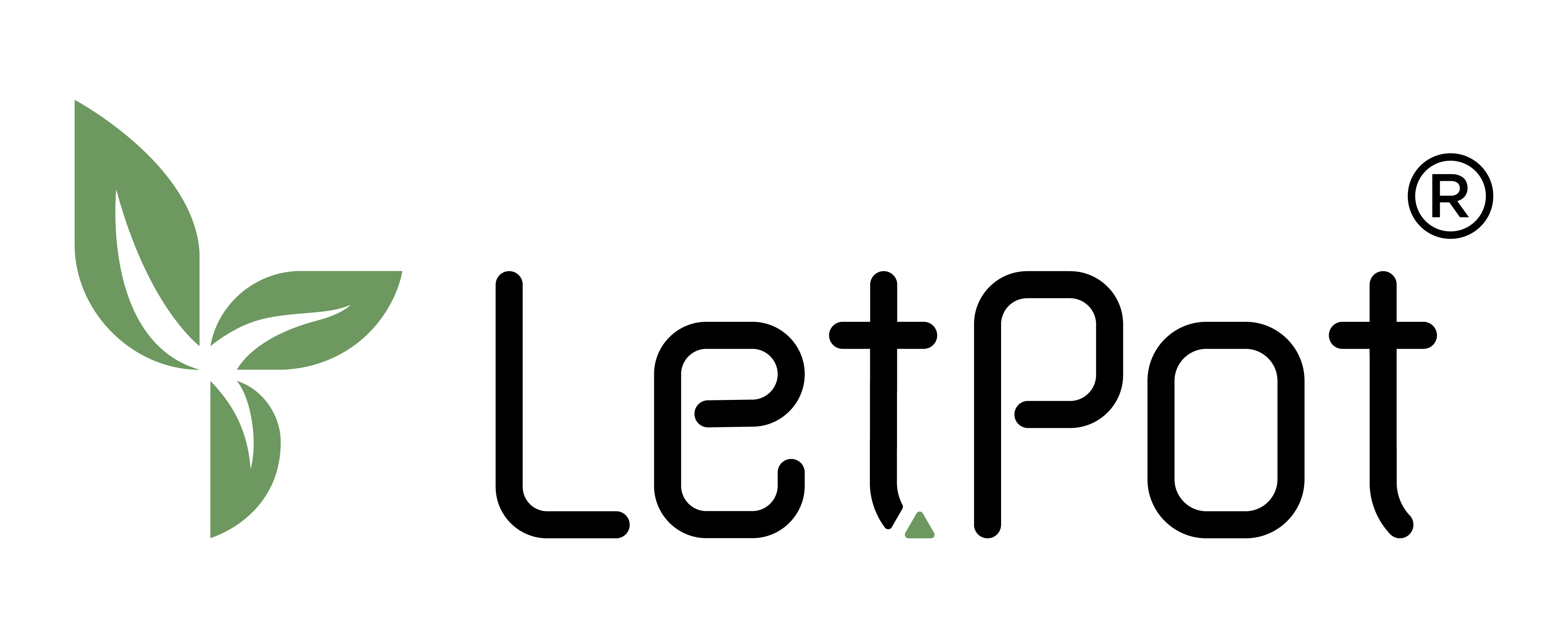

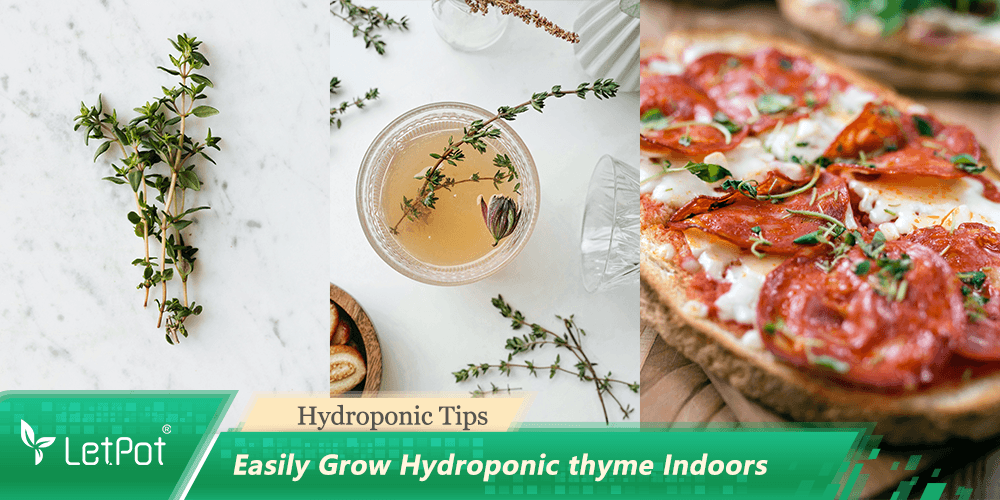

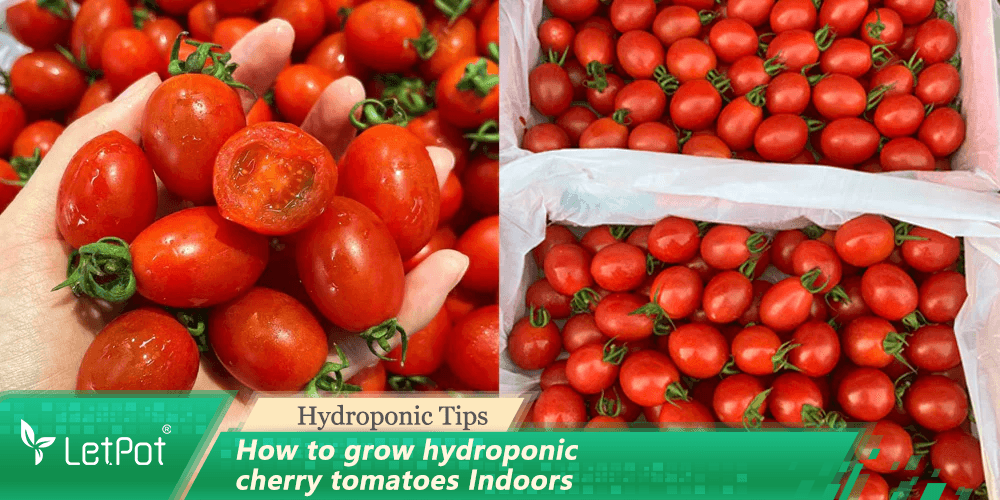
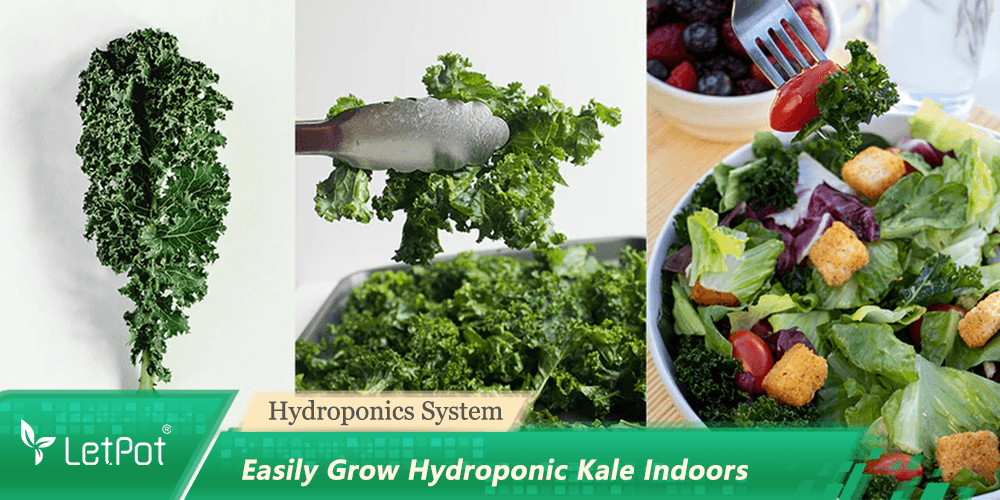
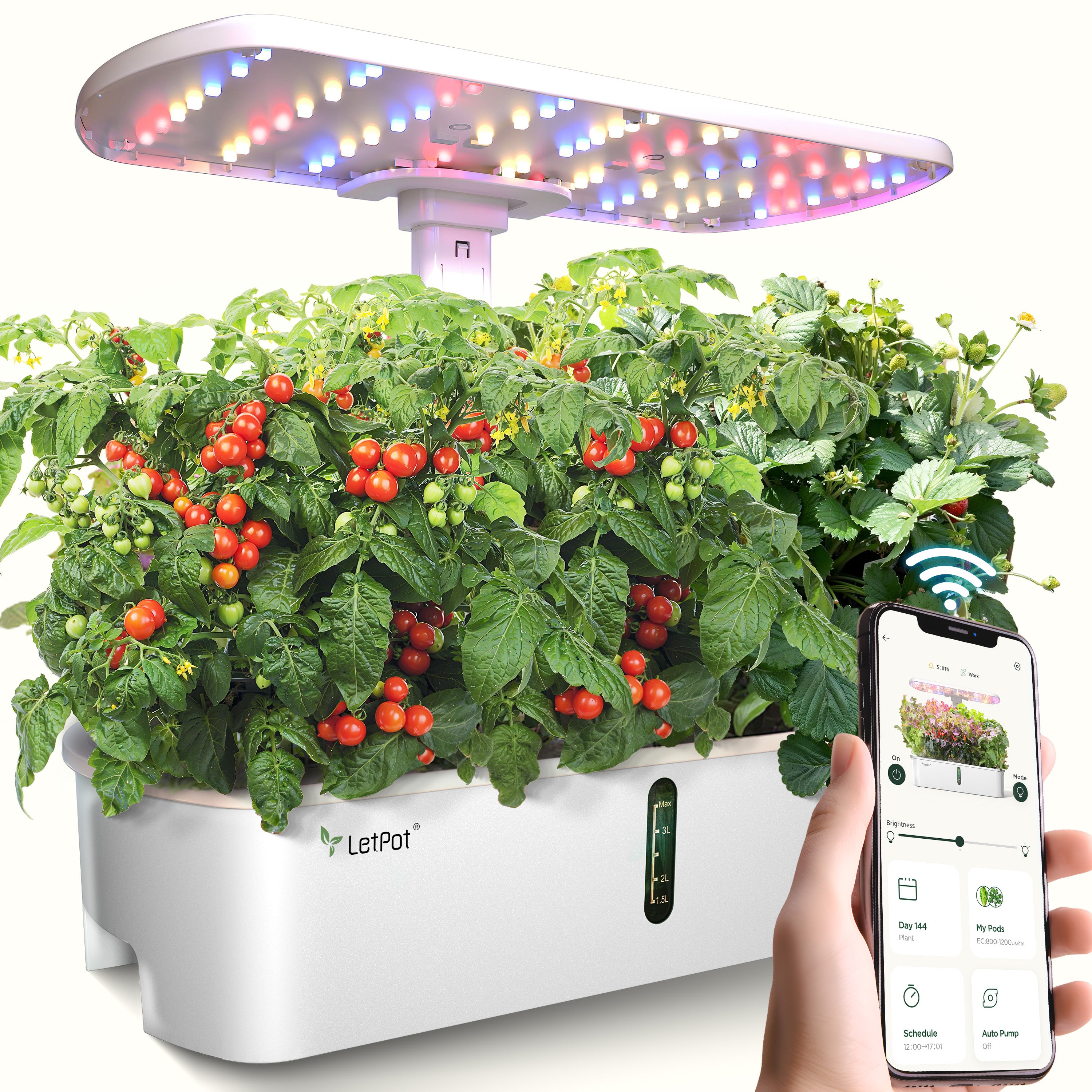
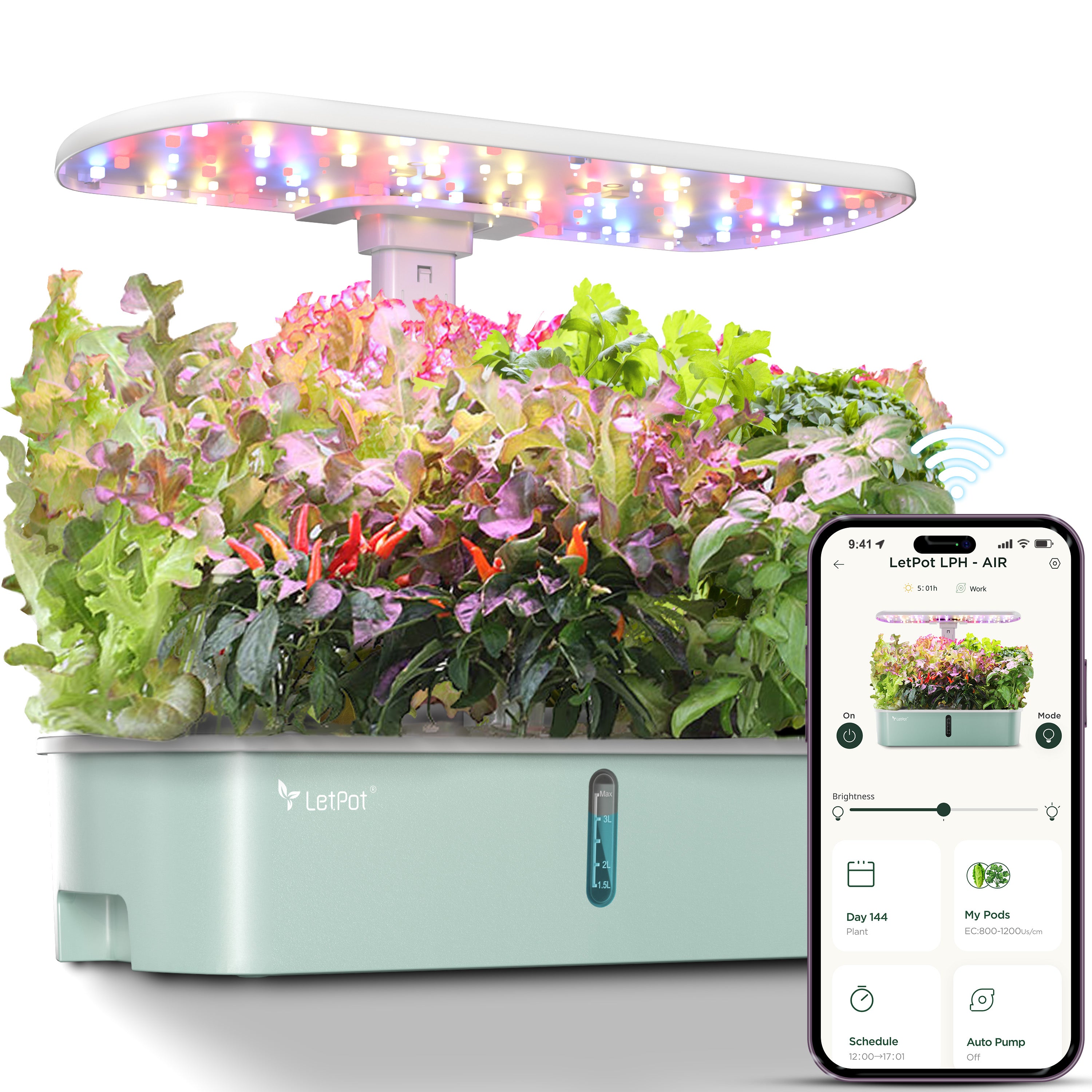
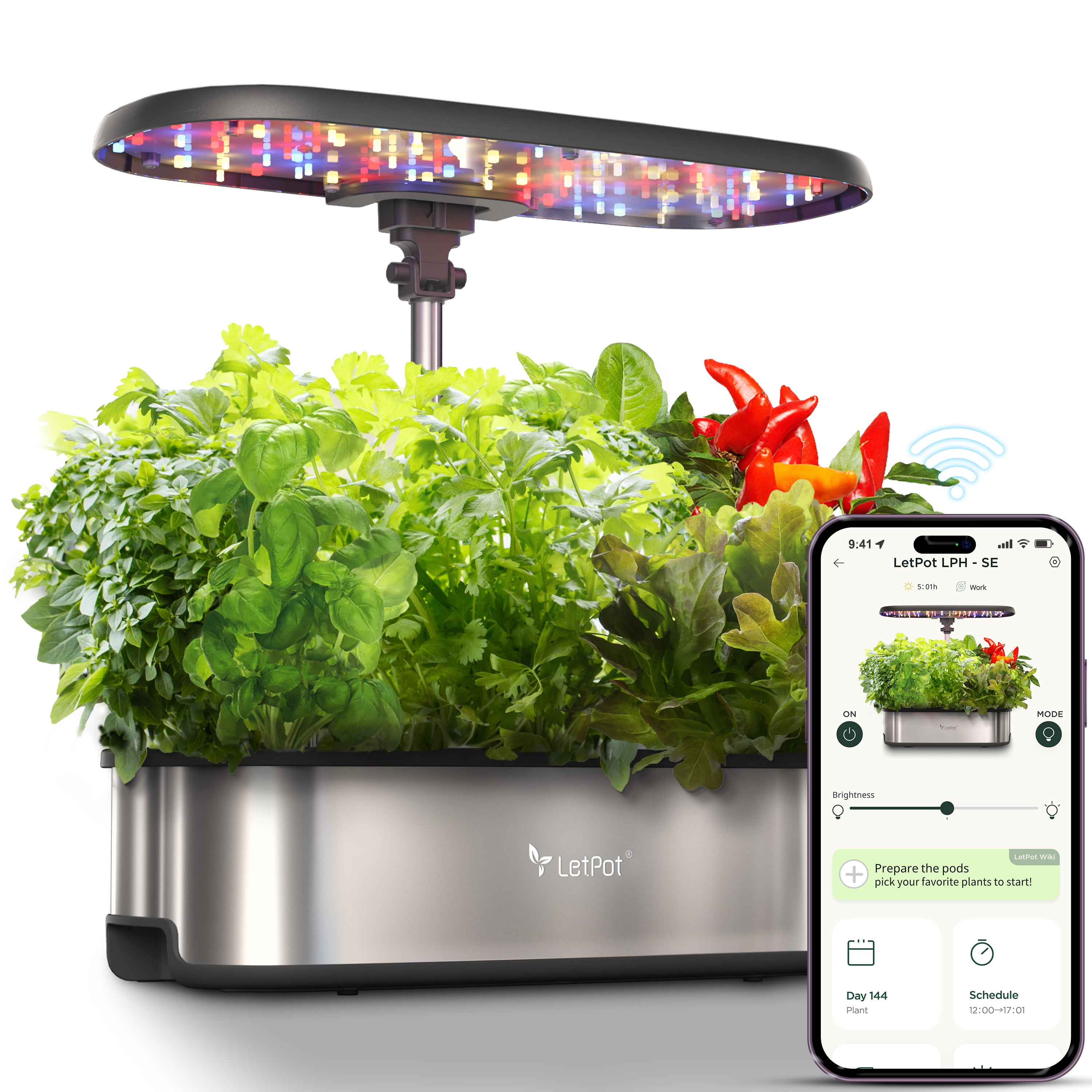
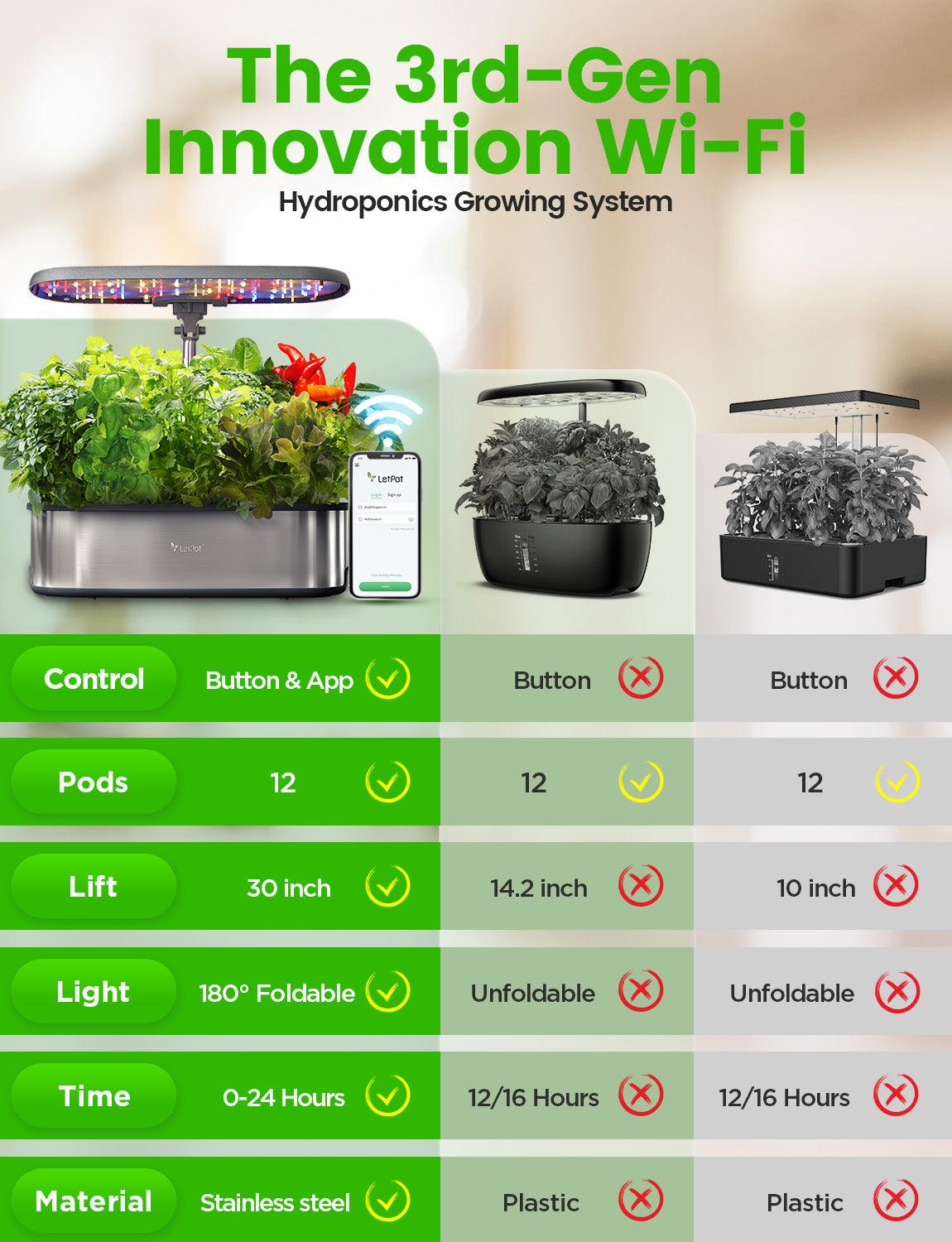
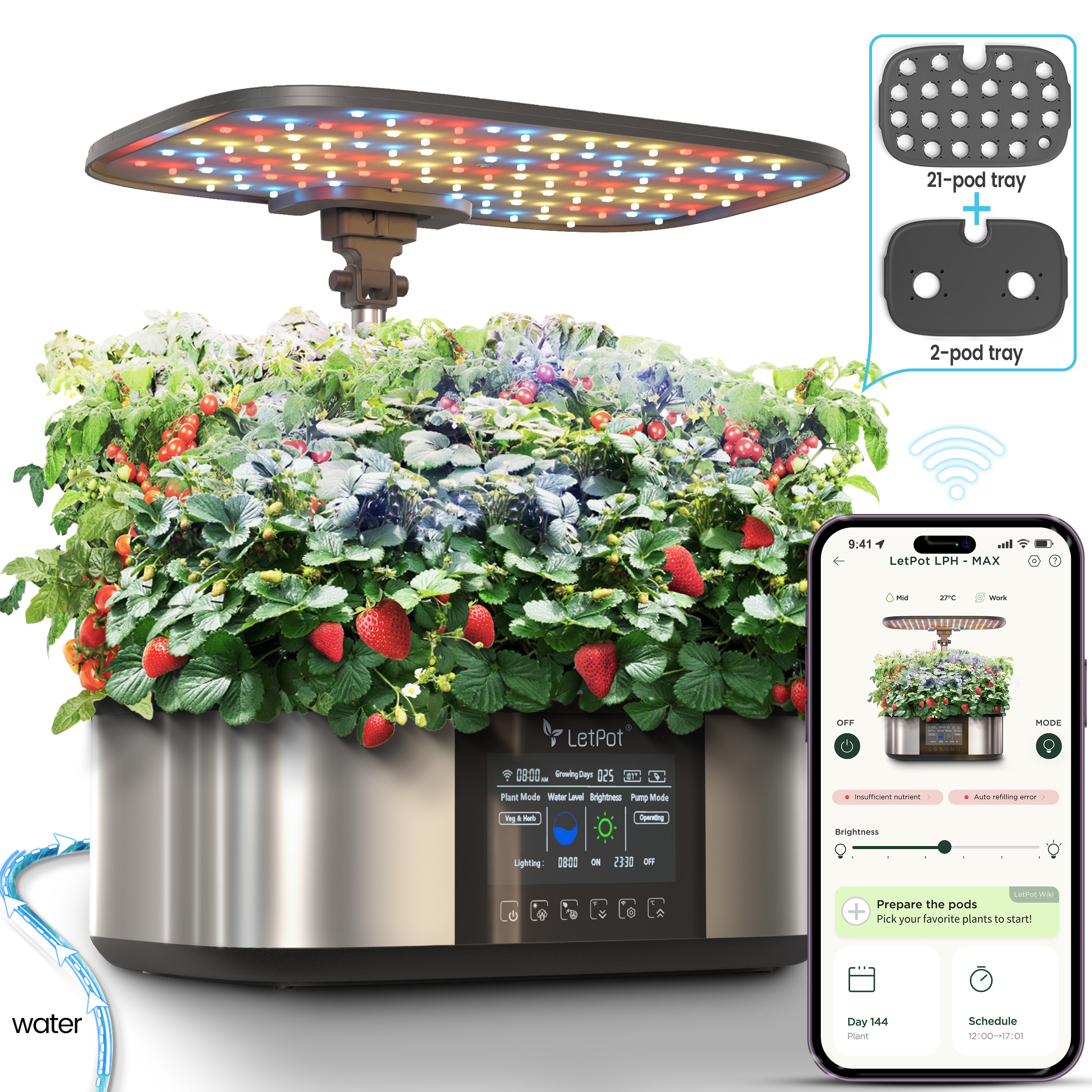
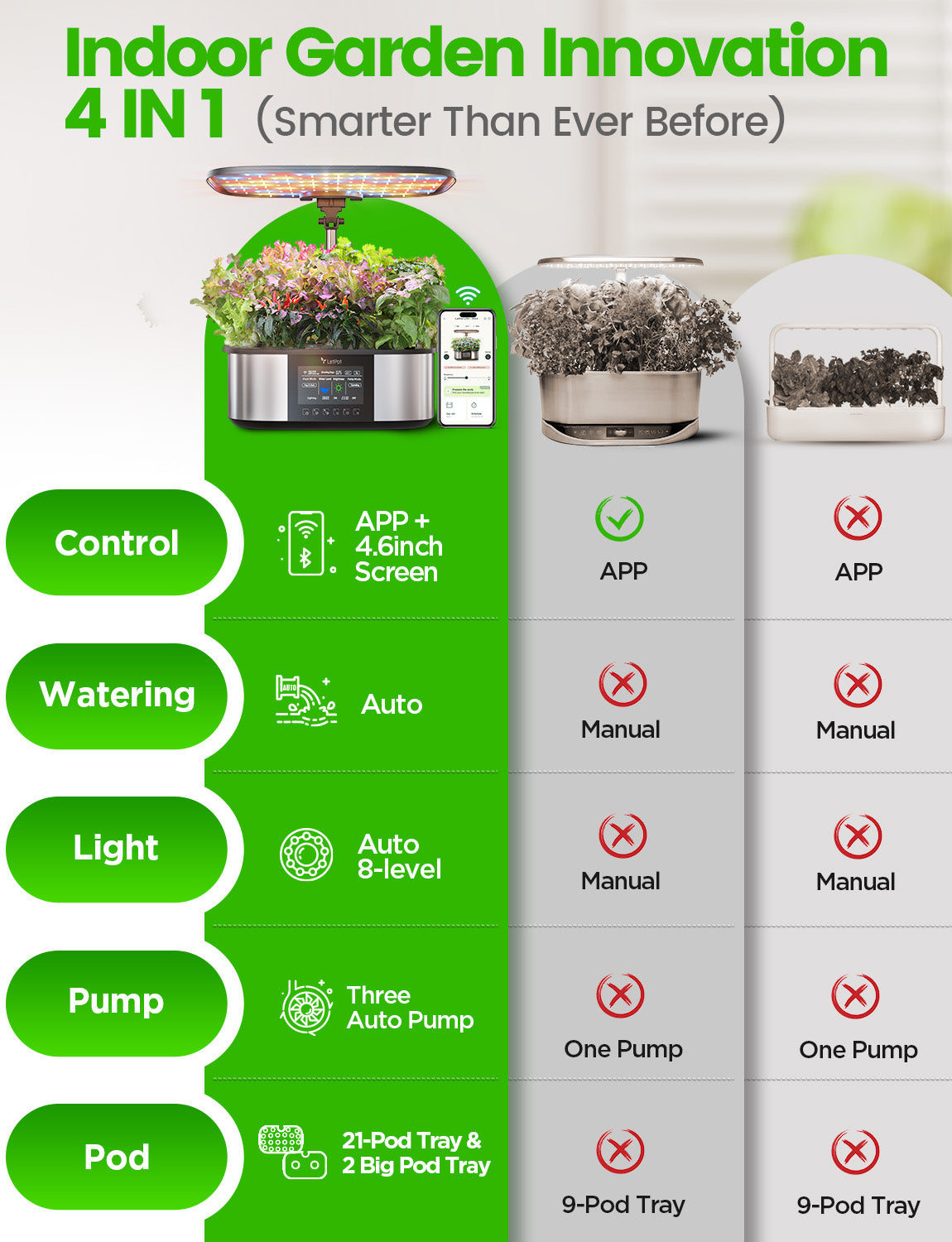
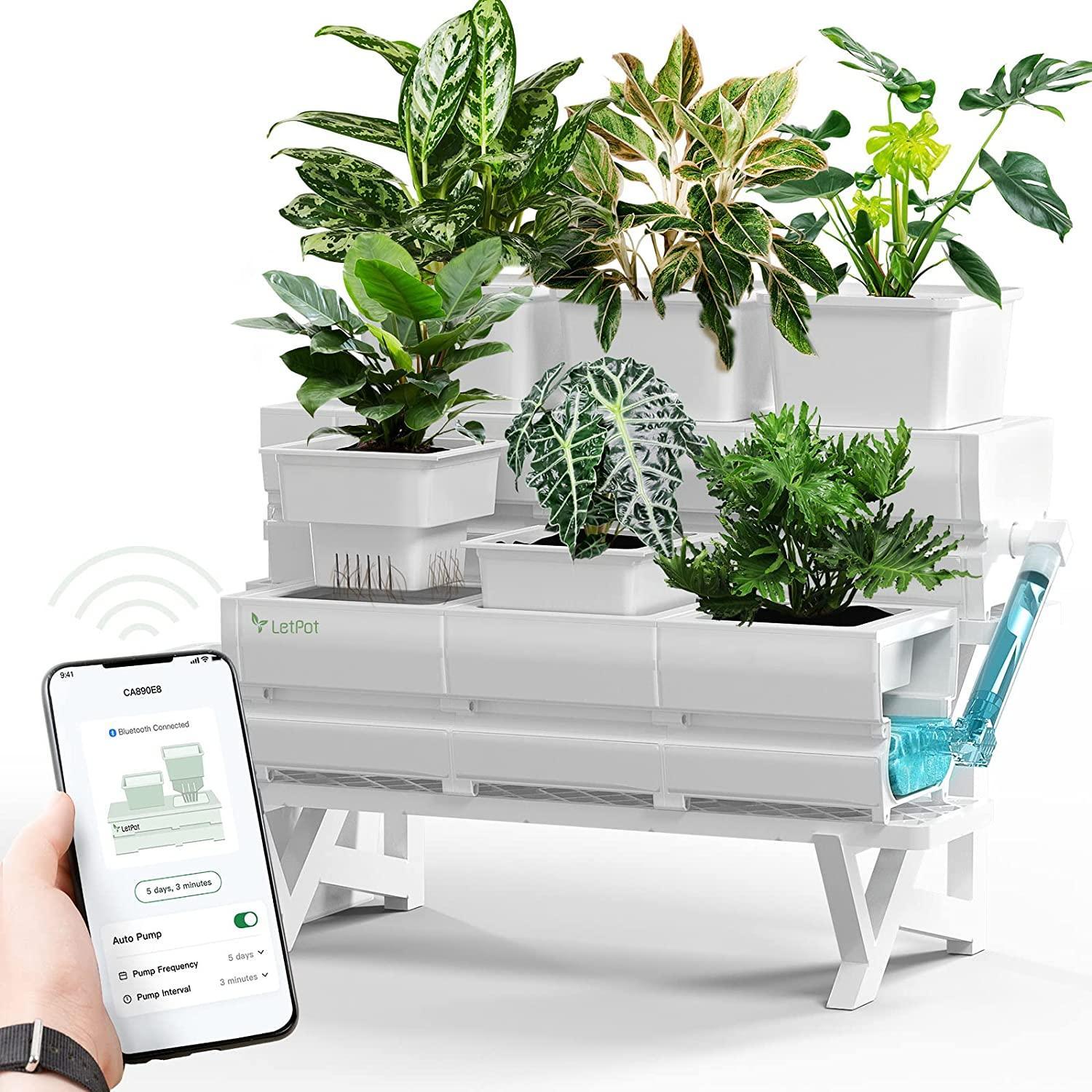
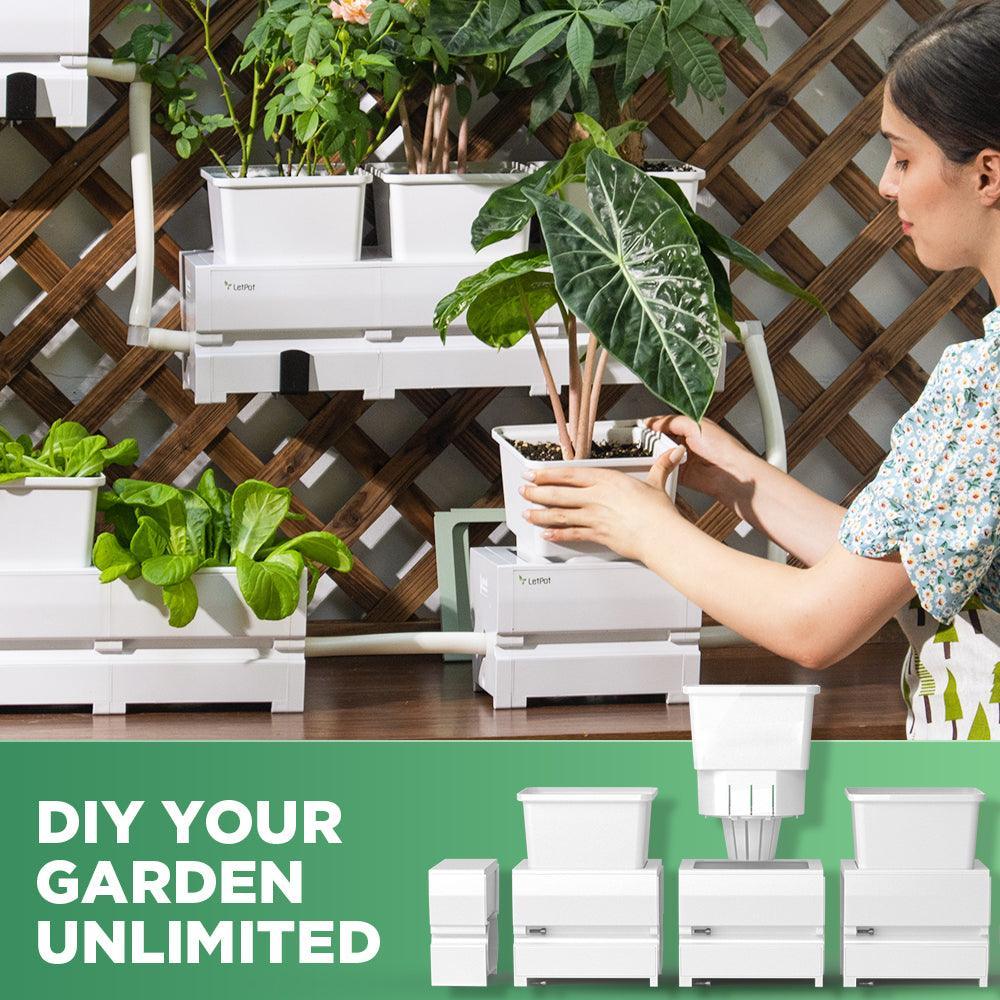
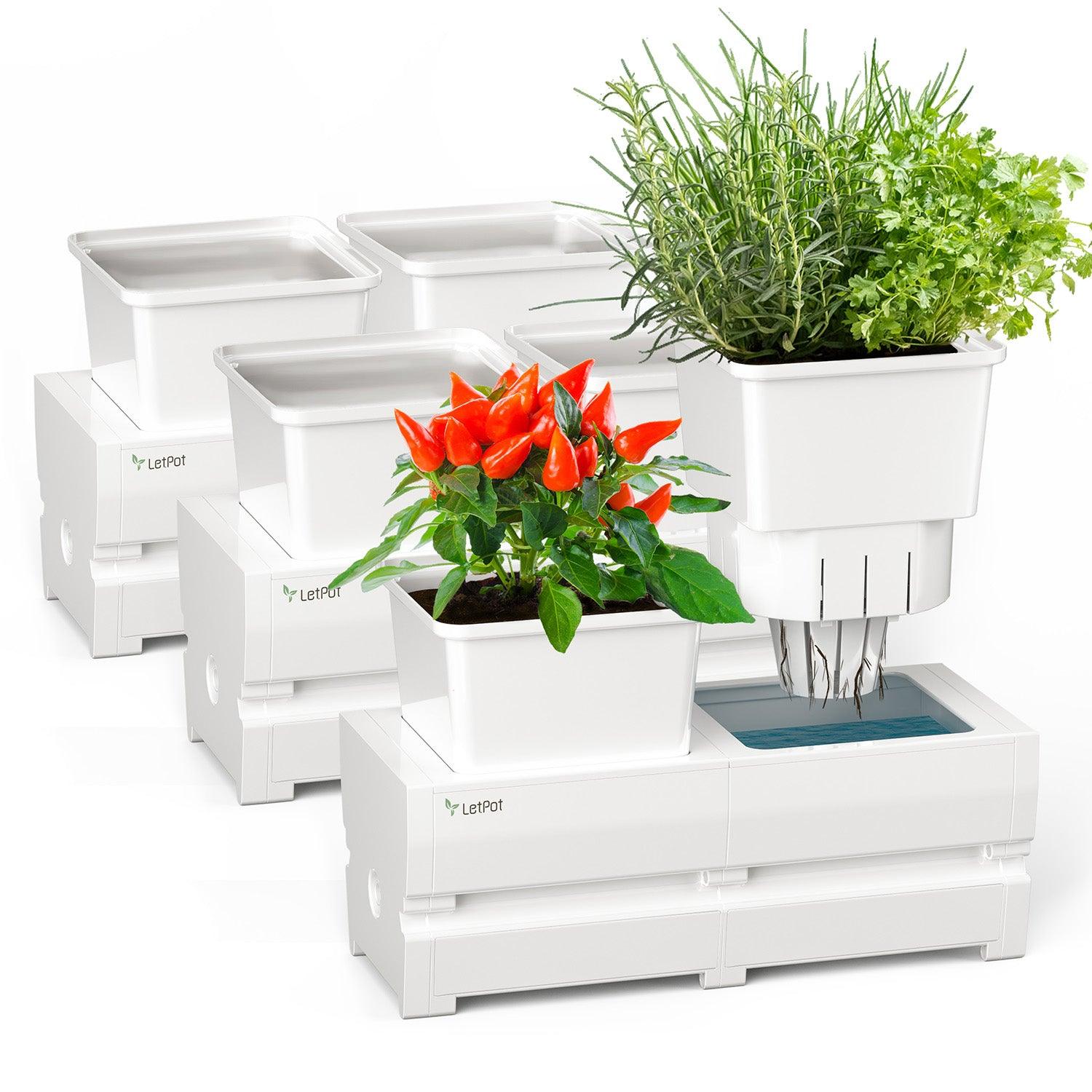


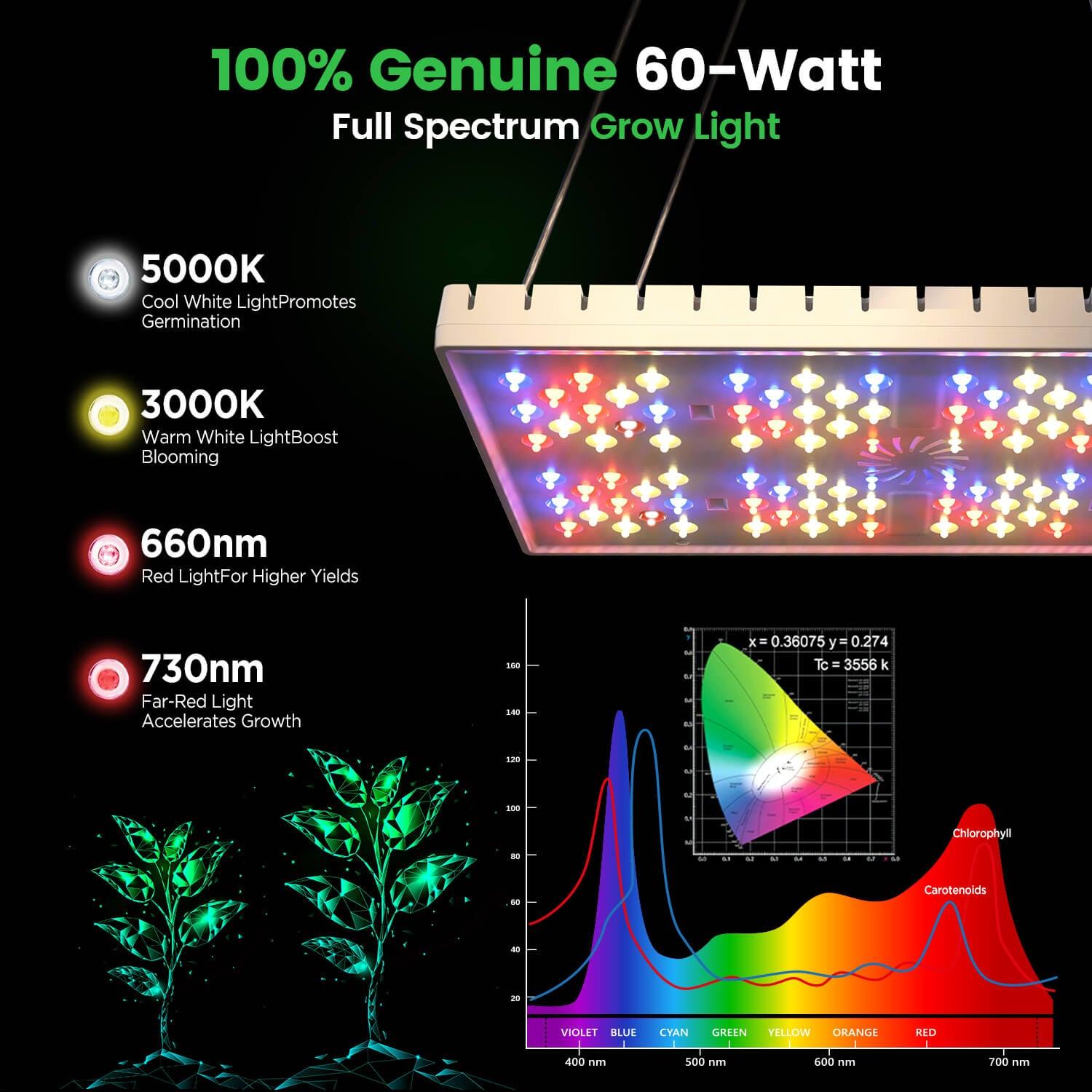
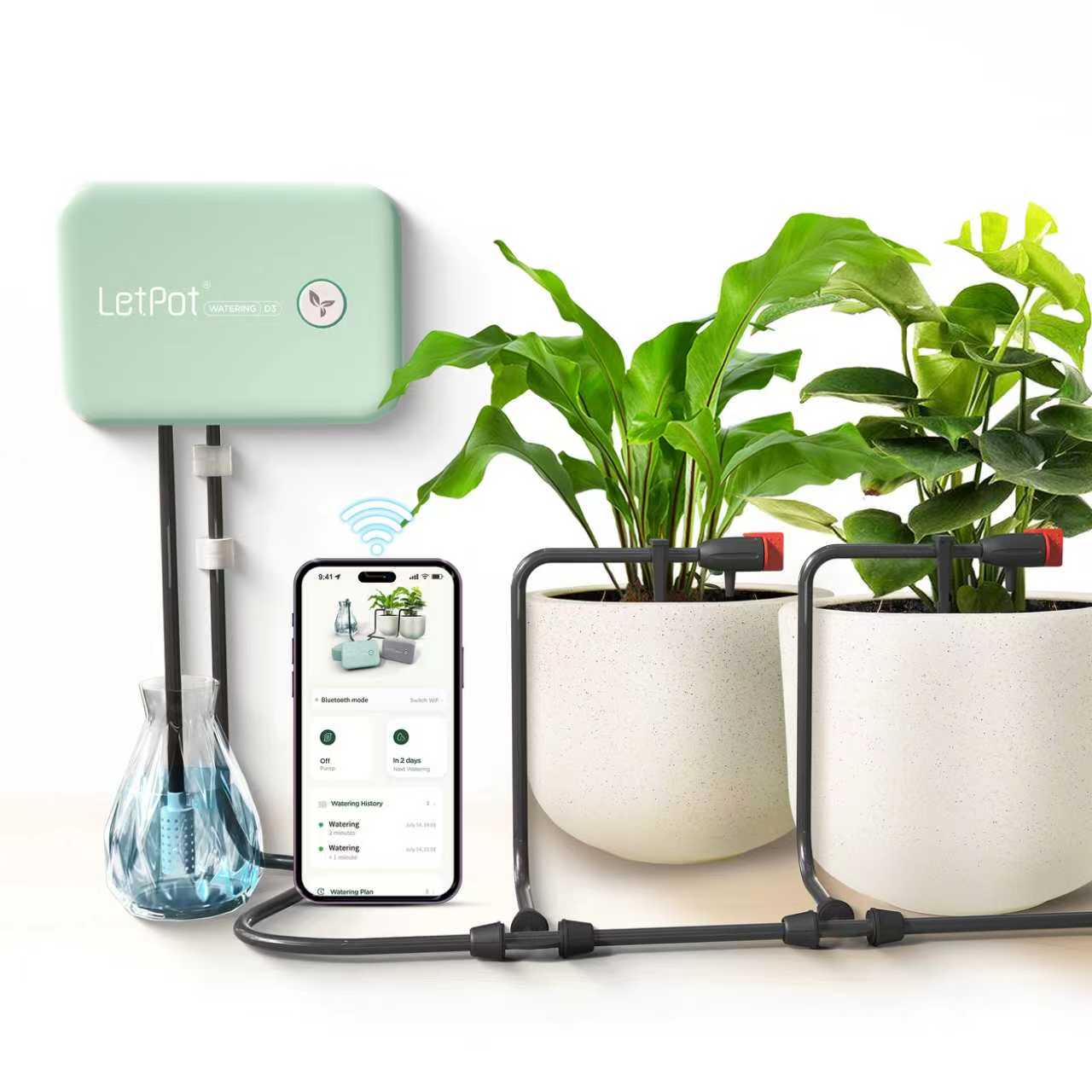

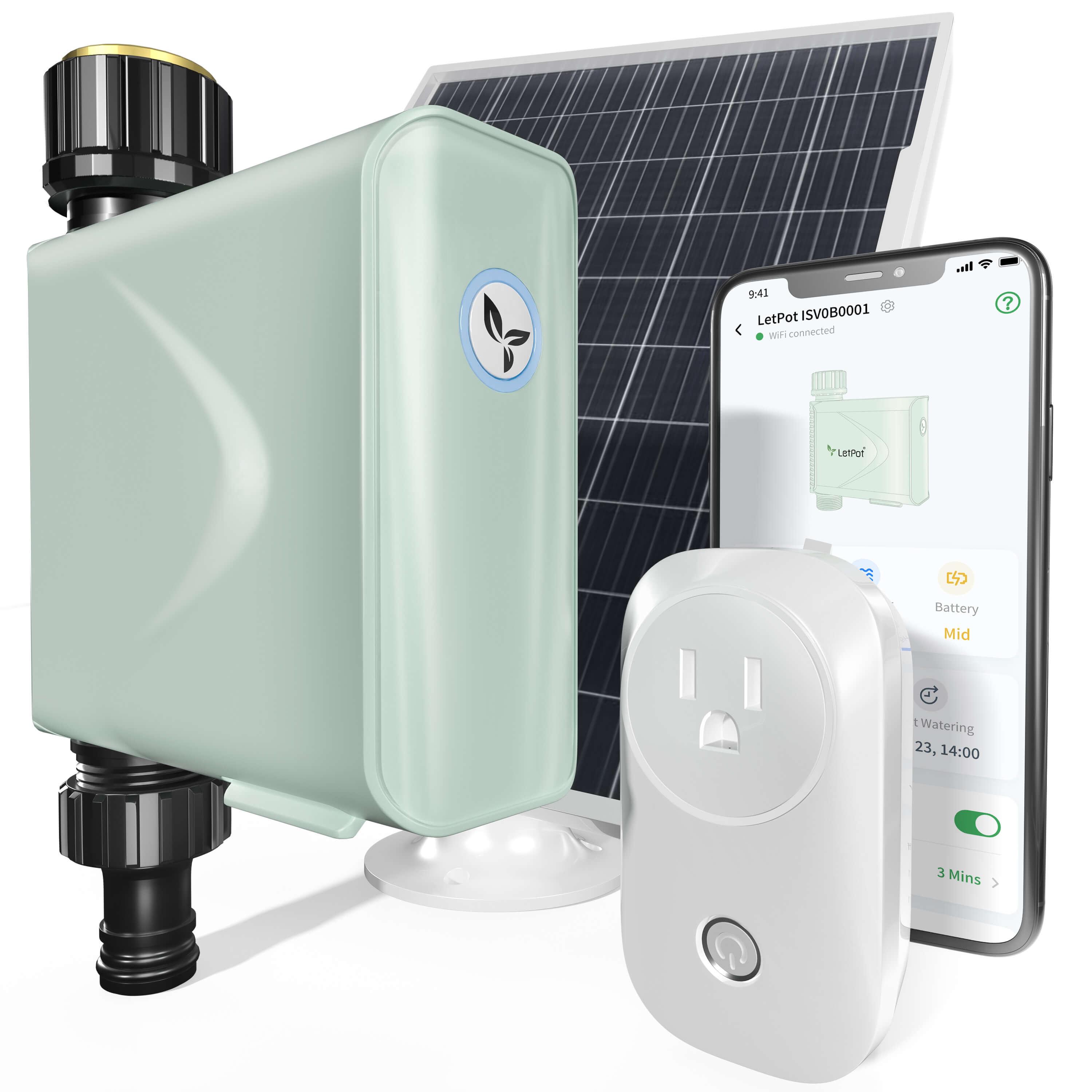
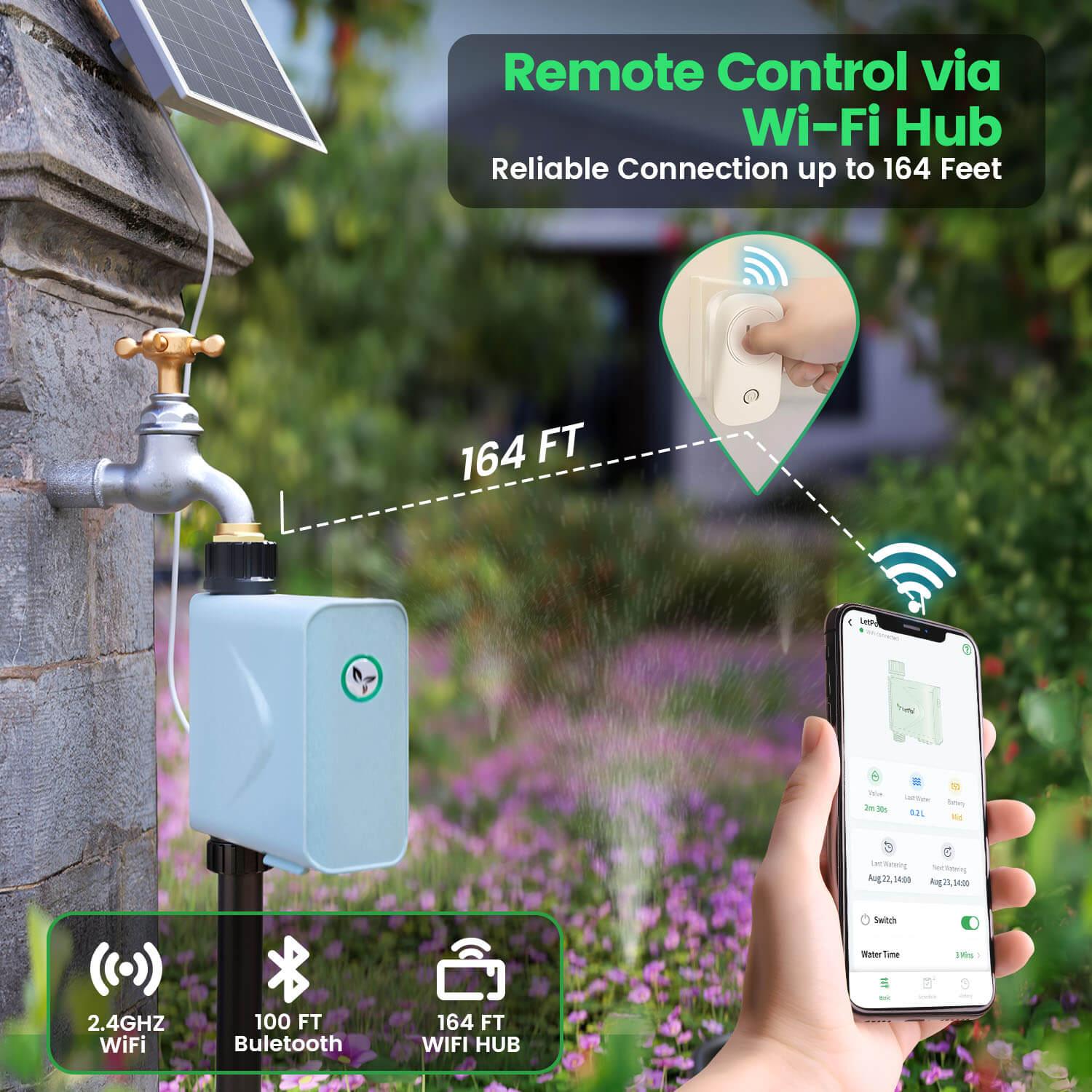

Leave a comment
All comments are moderated before being published.
This site is protected by hCaptcha and the hCaptcha Privacy Policy and Terms of Service apply.